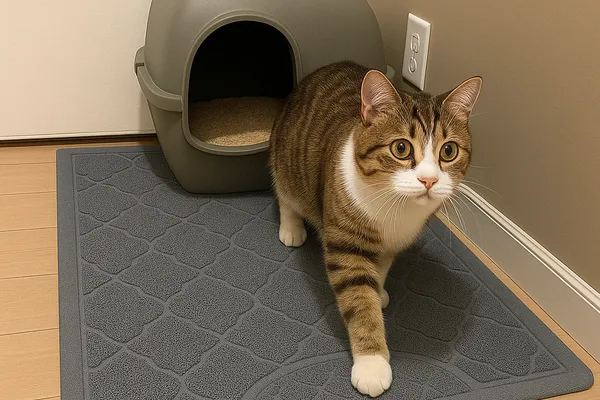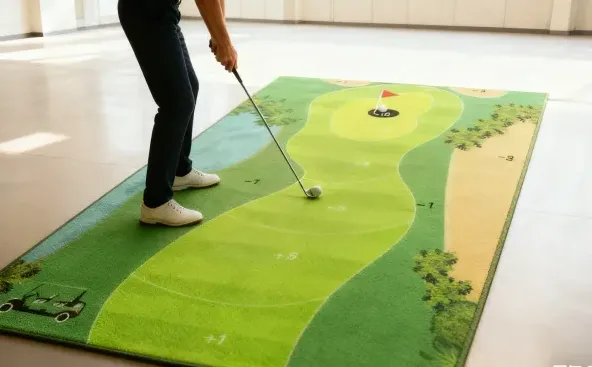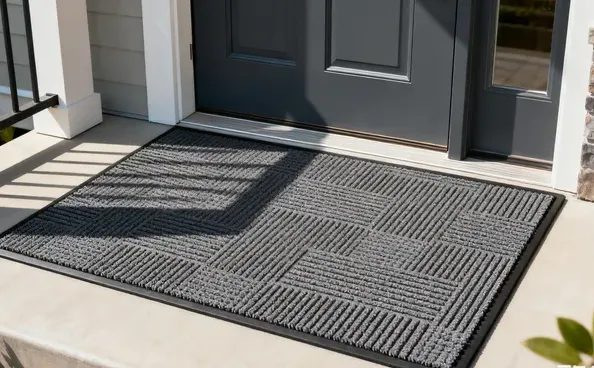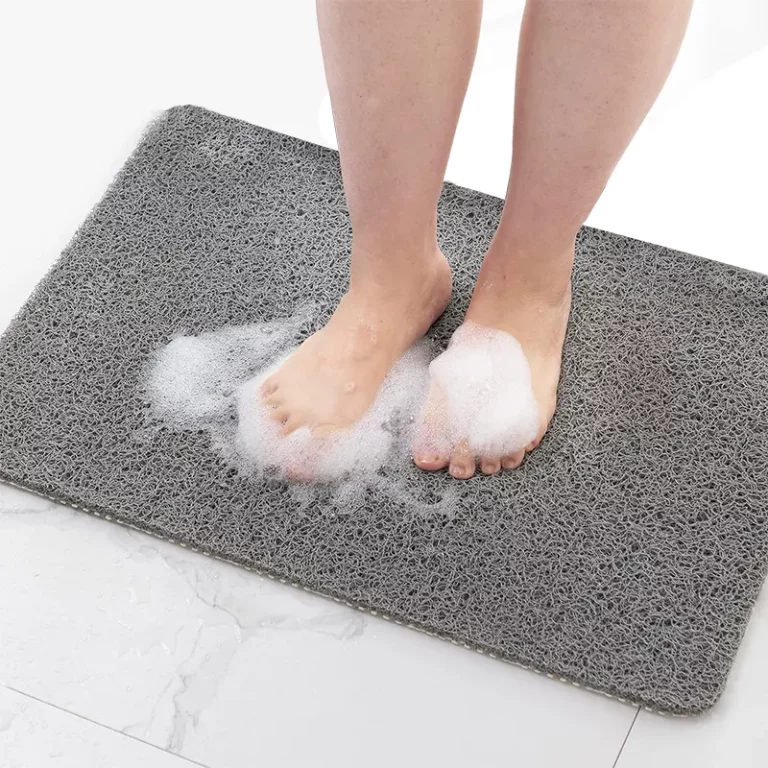Marley Dance Floors and Sprung Dance Floors: Choosing the Right Dance Floor for Your Style
Selecting the perfect dance floor is essential for dancers and studio owners alike. A Marley dance floor or a sprung dance floor can significantly impact performance, safety, and the overall aesthetic of your space. In this comprehensive guide, we’ll explore the different types of dance floors, their benefits, and how to choose the right one for your dance style. Whether you’re setting up a professional dance studio or a home practice space, understanding your options will help you make an informed decision.

What Is a Marley Dance Floor?
A Marley floor is a type of vinyl dance flooring popular in studios and performance spaces worldwide. Originally produced by the Marley Company in England, the term has become synonymous with roll-out vinyl floors designed specifically for dance.
Key Features:
- Versatility: Suitable for various dance styles like ballet, jazz, contemporary, and more.
- Surface Texture: Provides the right amount of slip resistance and glide.
- Portable: Available in portable rolls, making it easy to install and transport.
Why Dancers Love Marley Floors:
- Consistent Surface: Offers a uniform surface that enhances performance.
- Safety: Reduces the risk of injuries by providing adequate cushioning.
- Durability: Designed to withstand the demands of professional dancers.
Why Use Marley Floors in Your Dance Studio?
Implementing a Marley dance floor in your dance studio brings numerous benefits that enhance both practice and performance.
Advantages:
- Professional Quality: Gives your studio a professional appearance and feel.
- Adaptability: Accommodates different dance styles, from ballet to hip-hop.
- Easy Maintenance: Vinyl floors are simple to clean and maintain.
Quote:
“Installing a Marley floor transformed our studio into a professional space that our dancers adore.” – Dance Studio Owner
Types of Marley Floor Options
There are several Marley floor options available, each catering to specific needs.
1. Lightweight Marley Rolls
- Portable: Easy to roll out and store.
- Ideal For: Temporary installations, touring companies, and home dance spaces.
2. Medium-Weight Marley Floors
- Versatile: Balances portability and durability.
- Suitable For: Multi-purpose studios and stages.
3. Heavy-Duty Marley Floors
- Durable: Thicker material for high traffic and vigorous dance styles.
- Best For: Permanent installations in professional dance studios.
Considerations:
- Thickness: Thicker floors provide more cushioning but may be heavier.
- Surface Finish: Matte finishes reduce glare, while smoother surfaces suit specific dances like ballet.
Understanding Sprung Dance Floors
A sprung floor is designed to absorb shock, reducing the impact on dancers’ joints.
Features:
- Spring Mechanism: Incorporates foam or spring systems beneath the surface.
- Energy Return: Provides a slight bounce, aiding in jumps and landings.
- Safety: Minimizes injuries by reducing stress on the body.
Why Choose a Sprung Dance Floor?
- Health Benefits: Protects dancers from long-term injuries.
- Performance Enhancement: Allows for higher jumps and softer landings.
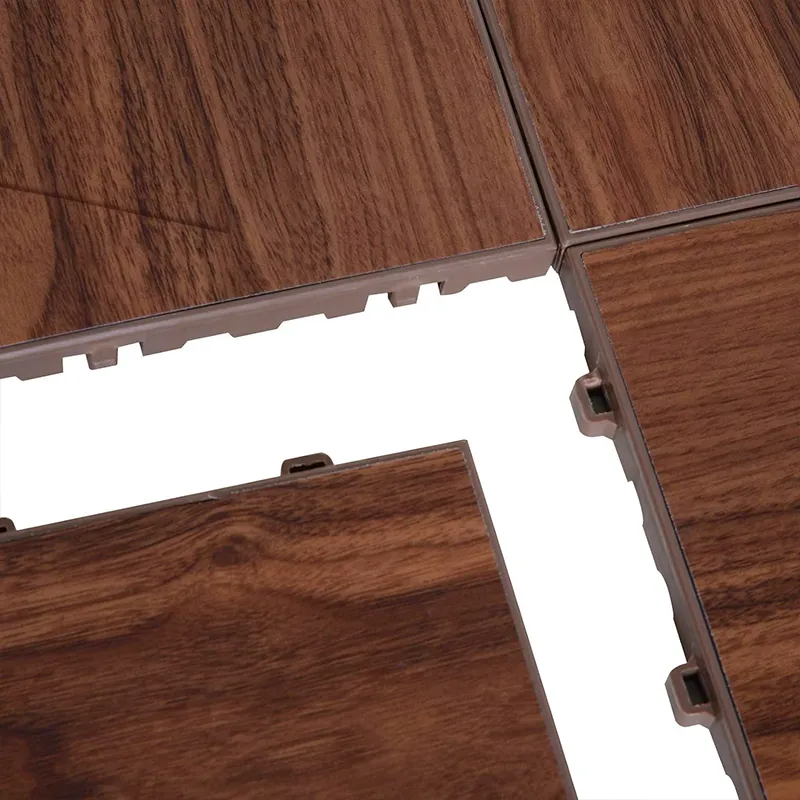
How to Choose the Right Dance Flooring for Your Dance Style
Selecting the appropriate flooring depends on the dance style and the specific needs of your space.
Factors to Consider:
- Dance Style:
- Ballet and Contemporary: Prefer Marley floors with a slight grip.
- Tap Dance: Requires harder surfaces for sound clarity.
- Ballroom: Smooth surfaces for seamless gliding.
- Flooring Material:
- Vinyl Dance Floors: Versatile and suitable for most styles.
- Wood Floors: Traditional choice for tap and ballroom.
- Portability:
- Portable Dance Floors: Ideal for temporary setups and touring.
- Permanent Installations: Better for dedicated studio spaces.
- Budget:
- Assess the cost of materials and installation.
- Durability versus initial investment.
Tip: Consult with flooring experts to find the best flooring that matches your requirements.
Installing Marley Dance Flooring: A Step-by-Step Guide
Setting up your Marley dance floor can be straightforward with proper planning.
Steps:
- Prepare the Subfloor:
- Ensure the dance subfloor is clean, level, and dry.
- Install a sprung floor if needed for added cushioning.
- Unroll the Marley Flooring:
- Allow the dance floor rolls to acclimate to room temperature.
- Lay them out according to your space dimensions.
- Secure the Seams:
- Use vinyl floor tape to connect seams seamlessly.
- Floor tape prevents movement during dance.
- Trim Excess Material:
- Cut any overhanging edges for a clean finish.
- Optional Finishing:
- Apply edge trims or baseboards if desired.
Maintenance Tip: Regularly clean the floor with a suitable floor cleaner to maintain its condition.
Portable Dance Floors: When and How to Use Them
Portable dance floors offer flexibility for various settings.
When to Use:
- Events and Performances: Ideal for stages, weddings, and outdoor performances.
- Home Practice: Great for setting up a home dance space.
- Temporary Studios: Useful for rented spaces or multi-purpose rooms.
Types of Portable Floors:
- Portable Marley Dance Floors:
- Roll-out vinyl dance surfaces.
- Easy to transport and install.
- Dance Tiles:
- Interlocking tiles for quick assembly.
- Suitable for tap and hip-hop.
Benefits:
- Convenience: Set up and dismantle with ease.
- Adaptability: Customize the size according to your needs.
The Role of the Dance Subfloor
The dance subfloor is the foundation beneath your dance surface, impacting performance and safety.
Importance:
- Shock Absorption: Reduces impact on the body.
- Support: Provides stability for various movements.
- Surface Integrity: Ensures the main floor surface remains even.
Types of Subfloors:
- Sprung Subfloors: Incorporate foam or springs.
- Semi-Sprung Floors: Combine some cushioning with rigidity.
- Rigid Subfloors: Solid bases, like concrete or wood floors.
Recommendation: Pairing a Marley dance floor with a quality sprung dance floor system offers optimal performance.
Vinyl Floors vs. Wood Floors in Dance Studios
Choosing between vinyl floors and wood floors depends on several factors.
Vinyl Dance Floors
- Pros:
- Versatile for different dance styles.
- Easy to clean and maintain.
- Provides consistent friction levels.
- Cons:
- May require a subfloor for cushioning.
- Not ideal for percussive dances like tap without proper support.
Wood Floors
- Pros:
- Traditional aesthetic appeal.
- Naturally responsive surface.
- Suitable for tap and ballroom.
- Cons:
- Requires more maintenance.
- Can be slippery without treatment.
- Sensitive to humidity and temperature changes.
Conclusion: Assess your studio’s needs, budget, and the types of dances performed to make the best choice.
Maintaining Your Marley Dance Floor: Tips and Tricks
Proper care extends the life of your Marley floor and keeps it safe for dancers.
Maintenance Tips:
- Daily Cleaning:
- Sweep or vacuum to remove debris.
- Use a damp mop with a recommended floor cleaner.
- Avoid Harsh Chemicals:
- Use cleaning products designed for vinyl dance floors.
- Protect Against Damage:
- Implement a no-shoe policy for street shoes.
- Use dance-appropriate footwear.
- Regular Inspections:
- Check for wear and tear.
- Replace floor tape as needed.
Storage for Portable Floors:
- Roll carefully and store in a dry place.
- Avoid folding to prevent creases.
Conclusion
Selecting the right dance floor is a crucial decision that affects the safety, performance, and satisfaction of dancers. Whether you opt for a Marley dance floor, a sprung dance floor, or a combination of both, understanding the features and benefits of each option ensures you make the best choice for your dance studio or personal practice space.
For high-quality PVC Dance Floors, explore our PVC Dance Floor options, designed to meet the needs of professionals and enthusiasts alike. Additionally, consider our High-Quality Anti-Slip PVC Floor Rolls for durable and safe flooring solutions.
Key Takeaways
- Marley Dance Floors: Versatile vinyl floors suitable for various dance styles.
- Sprung Floors: Provide cushioning and reduce injury risk.
- Portable Options: Ideal for events, home use, and temporary installations.
- Subfloor Importance: A proper dance subfloor enhances safety and performance.
- Floor Selection: Consider dance style, material, portability, and budget.
- Maintenance: Regular cleaning and proper care prolong the floor’s lifespan.
- Vinyl vs. Wood Floors: Choose based on the specific needs of your studio and dancers.
- Installation: Follow proper steps for a secure and safe dance surface.
- Professional Advice: Consult experts to select the right dance flooring.
- Quality Products: Invest in reliable flooring for long-term benefits.
By investing in the right dance flooring, you’re setting the stage for success, allowing dancers to perform at their best while minimizing the risk of injury. Whether you’re a studio owner or a passionate dancer, the right floor makes all the difference.
Ready to enhance your dance space? Check out our Durable Stair Mats for added safety and style in your studio.

